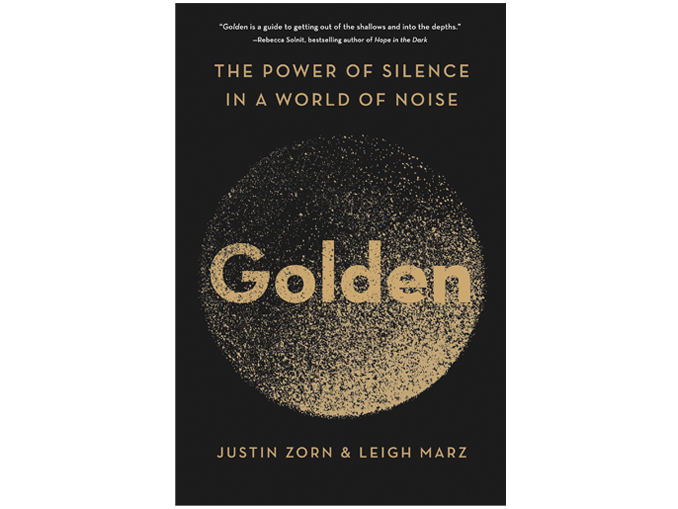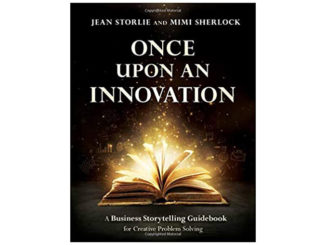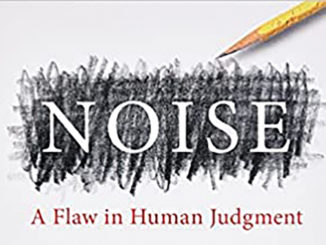Reviewed by Julie Kurd, VP Sales & Revenue, CMB, Boston, Massachusetts, jkurd@cmbinfo.com
Quick: Take a moment to pause and recall your first memory of the deepest silence you’ve ever known. Authors Justin Zorn and Leigh Marz don’t want you to overthink this question. Did your memory have a sound to it like mine did? At first, I thought I conjured a “wrong” memory, but then I learned that silence is not actually an absence of sound, but an absence of noise confounding the “signal” or focus point. Zorn and Marz’s new book helps us think about silence and our broader context. While silence is always available, it gets hijacked by an immense number of distractions and clutter every day, including:
Auditory Noise—This is the literal noise we physically experience through the senses: traffic, sirens, systems, people, technology (notifications).
Informational Noise—This is the onslaught of information that competes for our attention, which includes work email, messaging, texts, social media, news, school, home, family, friends, and community. “It’s like drinking out of a firehose,” we often say.
Internal Noise—This noise is our self-dialogue, often referred to as the “voice in our heads.” We need to quell the voice in our heads because whether it’s destructive or constructive, or fuels anxiety, fear, doubt, or uncertainty, the internal noise is yet another distraction.
Most of us have a complex relationship with these forms of noise, and the authors warn that both noise and the absence of noise can cause stress. For example, in one study, the authors found that their subjects would rather receive a painful electric shock than experience 15 full minutes of silence because silence is so alarming. Also true is the opposite notion that silence is golden, or lovely. In the chapter titled “Florence Nightingale Would Be Pissed,” they describe Nightingale’s mission to reduce “alarming noises” in hospitals, including the sound of machinery, rushing staff, wailing, and medical staff whispering just out of earshot. Nightingale highlighted that these noises, combined with a wartime patient’s internal noise that we now commonly refer to as post-traumatic stress disorder (PTSD), all worked against the healing process. She advocated for the healing power of silence.
The authors describe how silence is often maligned as “unproductive” or “complacent.” However, it’s noise rather than silence that interferes and distracts our attention from healing, from productivity, and sometimes even from conflict resolution. The taking of a knee or a silent vigil is anything but complacent. When there are no words left, silence can be deafening.
I highly recommend this book because it helps clear the way for the reader to tune in to the signal in their lives and tune out the noise that distracts. While those who know me would accurately describe me as extra extroverted, I’ve spent much time this year tinkering with my own dials for tuning in signal and tuning out noise. Like the authors, I too listen to 99% Invisible on Spotify, which amplifies our understanding of quieter, often ignored spaces… in essence making things that are not visible, visible. In mentoring others, for example with Women in Research (WIRe) we often talk about squashing imposter syndrome, or the inner voice that taunts us with “you can’t,” “you aren’t,” “you don’t.” No one would allow someone to treat another person the way we treat ourselves. That is noise that no one needs.
The authors also recommend that the U.S. government should remake national indicators of our success beyond traditional gross domestic product (GDP) to include measures that speak to human wellness and the basic right to freedom from the intrusion of noise. I volunteer as a debate judge for the Boston Debate League (BDL), routinely listening to our next generation of leaders debate topics ranging from refugees to water rights. It’s easy to imagine how policy that is inclusive of silence could help us expand our measure of national progress beyond GDP.
Finally, many of us work with companies that have begun to establish environmental, social, and governance (ESG) policies, goals, and measures. If you aspire beyond profit margins, read this book. Understanding the power of silence and the distractions and pressure of noise helps us reimagine our future.
“Once, after a period of 15 days of silence, just months before his assassination, [Gandhi] offered a reflection: One cannot help feeling that nearly half the misery of the world would disappear if we, fretting mortals, knew the virtue of silence.”
—Book Excerpt




